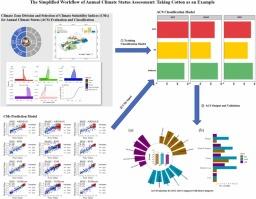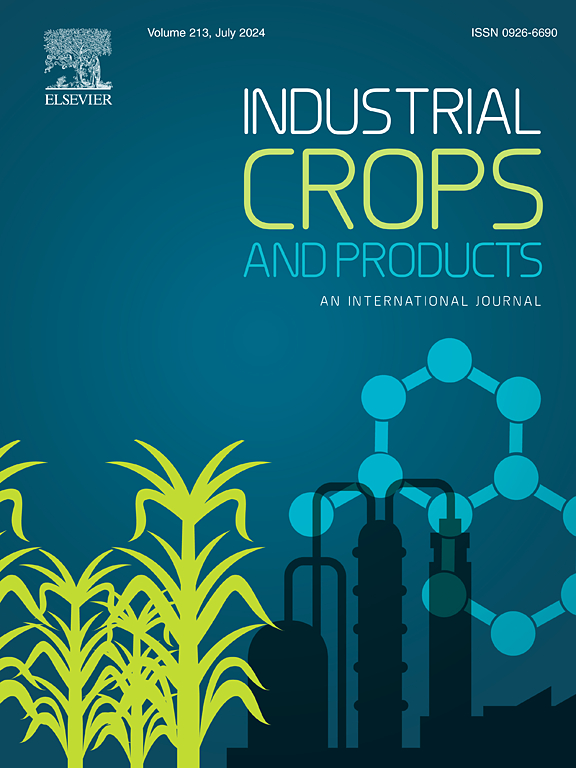A machine learning workflow for classifying and predicting the annual climatic status of cotton in Xinjiang, China
IF 5.6
1区 农林科学
Q1 AGRICULTURAL ENGINEERING
引用次数: 0
Abstract
As machine learning applications increase in crop climatic assessment, this study presents an innovative workflow to improve the lack of generality and interpretability in existing research. We developed flexible, rule-based climatic suitability indices (CSIs) using the maximum likelihood method, designed for specific phenological stages, to evaluate dynamic climatic suitability for crops. Based on these indices, we implemented a classification-regression-reclassification strategy to assess the annual climatic status (ACS) and predict short-term climatic suitability. The adaptability of this workflow is evident in its ability to integrate CSIs for various crops, effectively addressing the diverse needs of regional assessments. This study enables the use and comparison of machine learning models, including support vector machines (SVM/SVR), random forest, and gradient boosting trees (XGBoost), to identify the most effective model for classifying and predicting ACS in different regions. Using cotton in Xinjiang as a case study, SVM-XGBoost and SVM-SVR strategies were selected for short-term ACS prediction, achieving accuracy rates between 81.7 % and 91.0 %. From 1991 to 2020, the analysis identified crop yield potential and key factors, with an increase in normal years within suitable areas, indicating climatic adaptability. Sensitivity analysis revealed the influence of temperature suitability on cotton yield, particularly during seedling and boll formation stages in highly suitable areas for cultivation. Moreover, it emphasized precipitation and temperature during sowing to emergence and boll stages in moderately suitable areas. The workflow enhances generality and interpretability, providing a foundation for climate impact research and crop adaptation planning. Future research could incorporate new data sources, additional crop indicators, and various machine learning algorithms to enhance the generality and stability of the model.

求助全文
约1分钟内获得全文
求助全文
来源期刊

Industrial Crops and Products
农林科学-农业工程
CiteScore
9.50
自引率
8.50%
发文量
1518
审稿时长
43 days
期刊介绍:
Industrial Crops and Products is an International Journal publishing academic and industrial research on industrial (defined as non-food/non-feed) crops and products. Papers concern both crop-oriented and bio-based materials from crops-oriented research, and should be of interest to an international audience, hypothesis driven, and where comparisons are made statistics performed.
 求助内容:
求助内容: 应助结果提醒方式:
应助结果提醒方式:


